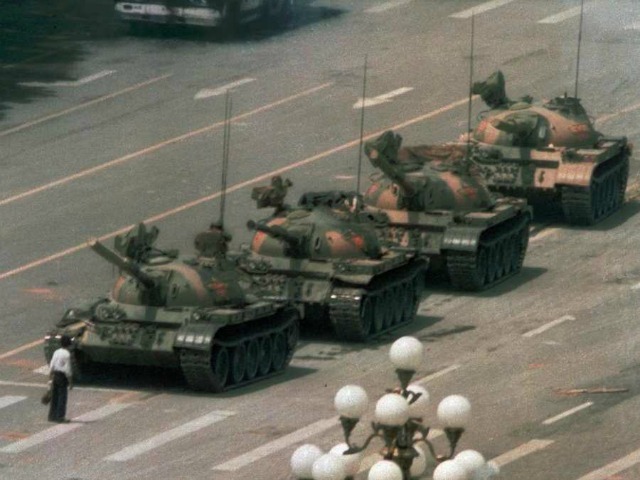It was a peaceful demonstration with the best of intentions for the future of China. A student-led initiative took to Beijing in the spring of 1989. Deeply dissatisfied with China’s widespread political corruption and ineptitude, the students took to the streets to ensure their voices were heard.
The protests were said to be set off after the death of Party General Secretary Hu Yaobag, who was removed from office because he dared to propose liberal and free-market reforms for the Red Chinese governing structure.
The students fought against political corruption and fought for more freedoms, such as the freedom of speech and the freedom of the press. They demanded government accountability and individual rights for all, not just for the party elites. They did so through hunger strikes, sit-ins, and finally, through refusing to leave Tiananmen Square. At no time did the protest leaders resort to violence to achieve their aims.
The protests received widespread support from Beijing residents, among others. The protests had started April 15, 1989, and everything was running smoothly without incident. At the height of the protests, there were an estimated one million people packed into Tiananmen Square.
On June 3, 1989, the Chinese communist party took brutal measures to suppress the protests, with the mission to put them to an abrupt end once and for all. The government initiated a massive crackdown, enforcing martial law throughout the vast majority of Beijing. Over a quarter-million troops were sent into the Square. The Communist Party rationalized their crackdown by calling the protests “counter-revolutionary” riots.
The first reported fatality came on the night of June 3rd. State television had warned protesters to respect the newly implemented curfew under martial law. The warnings, however, did not stop the masses from gathering again that night at Tienanmen Square. At 10 PM, the military had turned on its own citizens, firing living ammunition into crowds of protesters. The military brought in advanced weaponry, tanks, and helicopters to squash the protests. By June 4, after thousands of casualties had piled up, the government had successfully brought the movement to submission.
Due to the lack of a free media in China, it is difficult to ascertain the exact casualty numbers. Estimates mark the death toll anywhere from a few hundred to the thousands.
To this day, the Chinese government has banned any mention of the events that unfolded in Tiananmen Square.

COMMENTS
Please let us know if you're having issues with commenting.